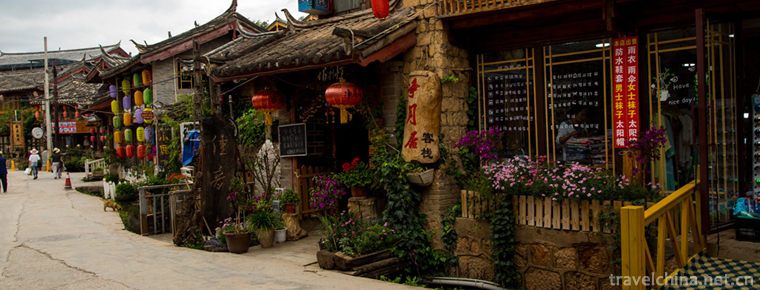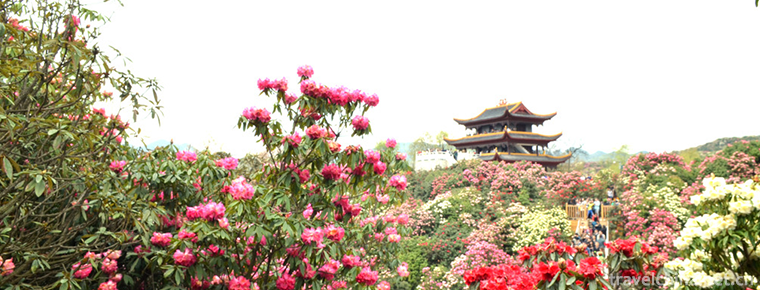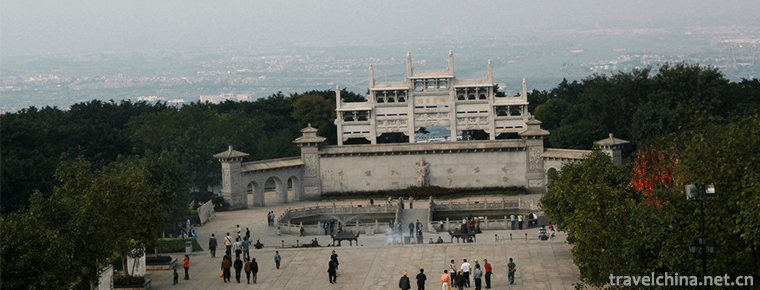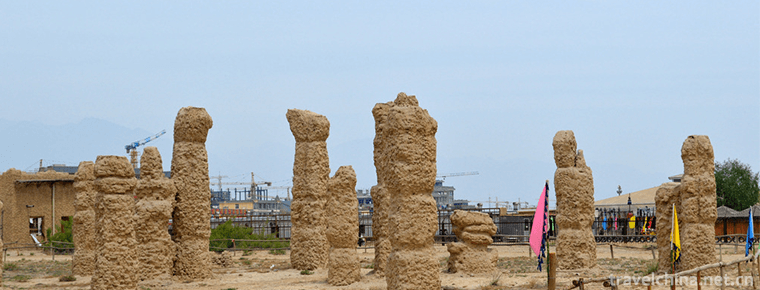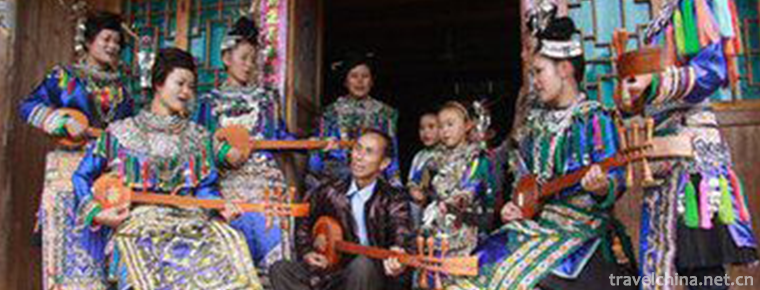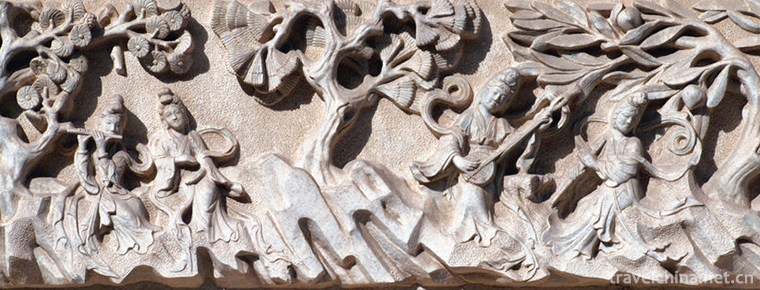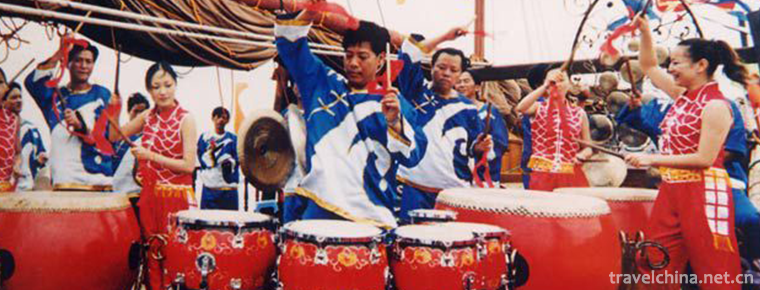Construction Skills of Felt House of Kazakh Nationality
Construction Skills of Felt House of Kazakh Nationality
Kazakh mattress building skills, Xinjiang Uygur Autonomous Region Tacheng area local traditional skills, one of the national intangible cultural heritage.
Kazakh mattress house is constructed by expandable wooden fence. It is surrounded by a circle of straw mats, which are woven with various colors of silk yarn and covered with white cloth embroidered blankets. The top of the carpet house is like a dome. The carpet covered can be opened upward so that the sunshine can be obtained in the tent.
In June 2008, Kazakh felt house construction technology was approved by the State Council of the People's Republic of China and listed in the second batch of national intangible cultural heritage list, heritage number: _-183.
historical origin
The construction of felt house of Kazakh nationality is an ancient craft, which has a history of more than 2,000 years.
In the Han Dynasty, the fine princess married to King Wusun sang in the song Yellow Crane: "My family married me to the heavenly side, far from the foreign King Wusun. The fornix serves as a wall, and the meat serves as a pulp. I wish to return to my native land for the Yellow Oriole because I think of my heart injury. This poem describes the felt room. The "dome" in the poem is the dome, which is the structural form of the felt house. It can be inferred that the princess Xijun described the felt room. This shows that in the period of Wusun Ancient Kingdom, the Kazakh people's ancestors have popularized the mobile architecture, and the construction technology has made a qualitative leap.
Process characteristics
Kazakh felt house construction techniques include carving, carving, chisel, weaving, tie, dyeing and other processes, the process is quite complex. The carpet builder made dyes and dyed colorful wool to weave curtains and roll felt, without any drawings and patterns, edge embroidery.
Kazakh mattress house is round in outline, simple in appearance but complicated in craftsmanship. All building materials and processes are completed by hand. It is not only convenient to carry, but also durable, comfortable to live, and has the characteristics of cold, rain and earthquake prevention.
Inheritance and protection
Inheritance value
Kazakh people's carpet building skills show their superb wisdom and infinite creativity, which indicates that Kazakh people's handicraft skills have reached a superb level, which condenses Kazakh people's aesthetic concept, humanistic thought, folk characteristics and historical memory, and has important reference value in the study of minority aesthetics, folklore and other fields.
Kazakh felt house occupies an important position in Chinese residential buildings. The mechanics and material methods involved, comprehensive dynamic plastic arts and technological ideas are of great research value.
Inheritance status
The emergence of industrialized production of cheap and beautiful carpets, embroidered carpets and portable steel tube houses has brought great impact on the traditional construction techniques of Kazakh carpet houses. The handicraft inheritors of this minority are on the older side, and are gradually decreasing. The handicraft inheritance of this minority has no worries about successors and needs to be protected urgently.
Inheriting characters
Dalekhan Habidihi, selected as the representative successor of the third batch of national intangible cultural heritage projects, declared in Tacheng area of Xinjiang Uygur Autonomous Region, declared the project: Kazakh mattress building skills.
protective measures
In 2013, Yerk, the inheritor of Kazakh carpet house construction technology, wanted to let the villagers around him make carpet houses with him, and form an industry of carpet house production. His Xinyuan County Saike National Handicraft Professional Cooperative was established. Through the form of joint venture, 57 villagers participated in the cooperative, and more than 20 felt houses were sold annually in the cooperative.
social influence
Important exhibition
In September 2016, at the Xinjiang International Convention and Exhibition Center, Kazakh felt room appeared in the textile exhibition hall of the Fifth China-Asia-Europe Expo.
In August 2016, Kazakh felt house appeared at the 4th Silk Road Xinjiang Cultural and Creative Industries Expo.

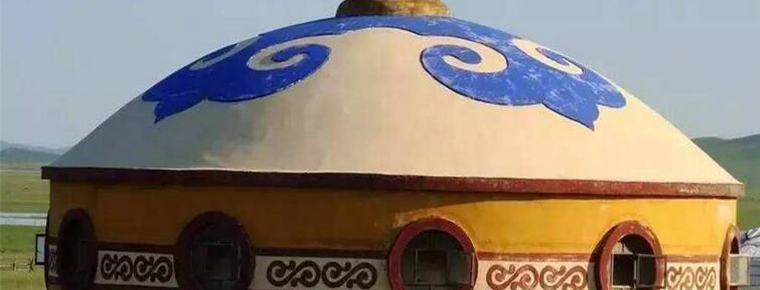
Construction Skills of Felt House of Kazakh Nationality
-
Napa Lake
Naphai nature reserve is located in Shangri-La County, Diqing Tibetan Autonomous Prefecture, Yunnan
Views: 193 Time 2018-10-20 -
Baili Rhododendron Scenic Area in Bijie City
Bijie Baili Rhododendron Scenic Area is located in the northwest of Guizhou Province and the central part of Bijie City. It belongs to the Baili Rhododendron Management Area of Bijie City.
Views: 271 Time 2018-12-12 -
Xiqiao Mountain Scenic Area
Xiqiao Mountain Scenic Spot is located in the southwest of Nanhai District, Foshan City, Guangdong Province, China. It has 72 peaks, forming numerous waterscapes, 232 springs and 28 waterfalls.
Views: 220 Time 2018-12-12 -
Zhenbeibao West Film City
Zhenbeibao Western Film City, located in Yinchuan City, Ningxia Hui Autonomous Region, is a national AAAAA-level tourist attraction integrating sightseeing, entertainment, leisure, catering and shoppi
Views: 182 Time 2018-12-12 -
Songhua Lake Scenic Area
Songhua Lake Scenic Spot is a famous tourist attraction in Jilin Province. It is a national AAAA level scenic spot (AAAAA is being declared). Located in the southern suburb of Fengman District
Views: 128 Time 2019-02-13 -
Dong Pipa Song
Dong Pipa song is distributed in the southern dialect area of Dong nationality, which can be divided into lyric and narrative Pipa song. Its singing content almost covers Dong history
Views: 151 Time 2019-04-28 -
stone carving
Stone carving refers to the use of various carvable and carvable stones to create a visible and touchable artistic image with a certain space, in order to reflect social life, express the artist's aes
Views: 248 Time 2019-06-15 -
The Lantern Festival
Lantern Festival, also known as the Lantern Festival, the Little January Festival, the Lantern Festival or the Lantern Festival, is one of the traditional festivals in China. The first month is the fi
Views: 352 Time 2019-07-16 -
Zhoushan gongs and drums
Zhoushan gongs and drums are the representatives of traditional folk art in Zhoushan City, Zhejiang Province. They are based on gongs, drums, cymbals and clappers, with silk bamboo, magnificent sound
Views: 128 Time 2019-08-10 -
Neijiang Sports
In 2019, Neijiang City will host 8 provincial and above sports competitions, 50 municipal sports meetings and 759 "happy weekend" activities; Neijiang sports athletes will win 3 gold medals, 4 silver medals and 6 bronze medals in international and domestic
Views: 344 Time 2020-12-16 -
Yibin water resources
Yibin city produces 614500 cubic meters of water per square kilometer per year. In addition to the amount of water from various rivers in the city, the city has a total annual water volume of 242.84 billion cubic meters, and the average annual water occupatio
Views: 385 Time 2020-12-18
